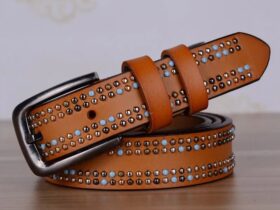Recently, the floor boards have again regained their former popularity due to the trend of using environmentally friendly materials in construction. To date, the floor boards are slightly, but still differ from the traditional boards that we saw on the floors in the houses of our grandfathers and grandmothers.
The choice of floorboard depends on the functionality and purpose of the floor itself. For example, for arranging a black floor, a board about 15% is perfect. When choosing such a board, pay special attention to the lack of mechanical damage and warping of the material. The number of knots does not play an important role, the main thing is that they are not rotten. If the board is used as a finish finishing coating, then the moisture content of the board should be no more than 10%. When choosing, pay attention to the accuracy of the geometric shape of individual boards and the number of knots, which should be few in the finishing board for the floor.The most popular thickness of the boards is 20-22 mm, but if a significant load is provided on the floor, then you can use boards with a larger thickness.
In addition to thickness, it is necessary to pay attention to the quality of wood. The quality of the wood determines the type of sawing, the number of knots and resin pockets, the percentage of crumpledness, the presence of non -through cracks and blue.The most expensive, but at the same time high -quality rocks for the production of hollow boards are oak and larch. For savings, you can also use pine boards that are perfect for any interior. If you buy boards to the bathroom, then take only from larch, since this breed is least exposed to moisture.
The boards are interconnected according to the “PAZ-Grand” scheme. Its work must also be checked to determine the quality of the material. Combine several boards and make sure that they form a flat surface, and the seams have a minimum size. If the picture seen satisfies you, then you can safely buy a board.








Leave a Reply